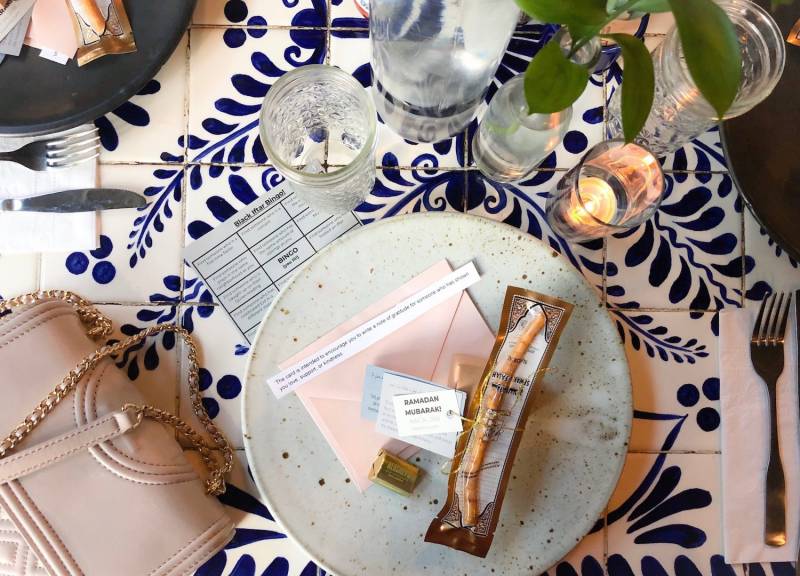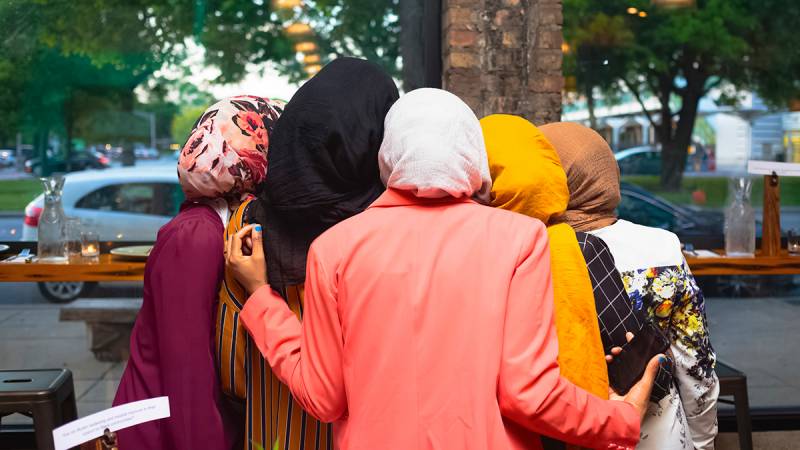As the holy month of Ramadan is coming to a close, many Muslims in the Bay Area and around the world are reimagining what the typically buoyant Eid-al-Fitr looks like under shelter-in-place. During the month of fasting and reflection, communal prayers and meals that mark Ramadan have become more localized events at home with extended family and sermons from imams broadcasts via Zoom.
“On weekends, everybody wants to break fast with friends and family.” says Zareen Khan who owns popular South Asian eatery Zareen’s in Palo Alto and Mountain View. “[There's] usually a communal Iftar [at the mosque] which is very good for the community. Now, sadly, this is not there and a lot of it is being done on Zoom. Everybody is trying to adapt, including businesses.” This year, Khan has been offering two special dishes she grew up eating during Ramadan on her restaurants’ menu. One of them is falooda, a rose-flavored dessert drink with glass noodles topped off with kulfi and nuts. “That's very popular,” Khan says. Zareen’s has also added the hearty lentil and wheat stew haleem, which Khan serves with chicken.
Back in 2018, Samira Abderahman created Black Iftar while living in her hometown of Chicago. Held at Black-owned restaurants and community centers, Abderahman sought to create a space where Black Muslims could commune, eat and sit in fellowship. “Chicago is hyper-segregated,” she says of the challenge of a centralized iftar experience. She added that she was frustrated with the lack of response and support for the Black Lives Matter by mosques. “How are the masjids so quiet in that regard?”
And so Black Iftar was born at Currency Exchange Cafe in Chicago’s Southside neighborhood. “I thought it was just going to be one night, me and my friends, different scholars and artists that I knew,” Abderahman explained. “It was that. But it went viral on Twitter, and people had so many opinions about it. Both in support of it, in admiration and also [criticism].” That same month, Black Iftar “chapters” spread to Los Angeles, the DMV and Houston.

This year, things are a bit different for Abderahman, and she has some reluctance to move Black Iftar online. “I had my reservations [about the digital space] because I don't like being on the internet more than I need to be,” she says. “When Ramadan was beginning, people were grieving that they weren't going to be able to participate in the Ramadan that they once knew. Everybody was immediately pushing towards all these digital events all the time.” Abderahman decided to host four Zoom gatherings, one for each week of Ramadan.
